Send Email
Call / WhatsApp Anytime
Send Email
Call / WhatsApp Anytime
The Urea Scrubber Column is a critical piece of equipment in urea production plants, designed to remove unreacted ammonia (NH₃) and carbon dioxide (CO₂) from process tail gas through counter-current washing. It plays a vital role in emissions control, environmental compliance, and resource recovery, ensuring safe discharge and improved operational efficiency.
WSHI designs and fabricates a full range of process towers and columns for critical separation, absorption, distillation, stripping, and chemical reaction applications. Built to handle extreme temperatures, pressures, and corrosive media, our towers serve as essential components in petrochemical, refining, chemical, fertilizer, and energy plants.
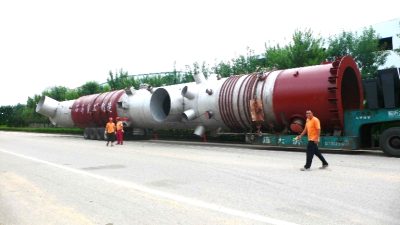
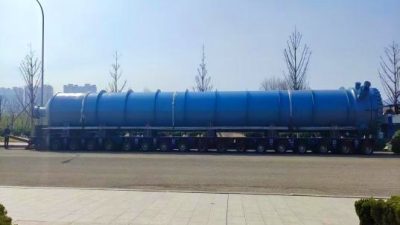
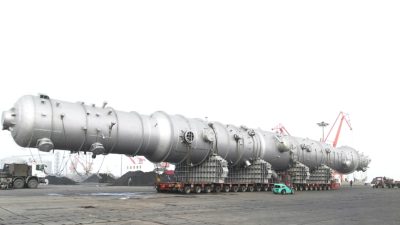
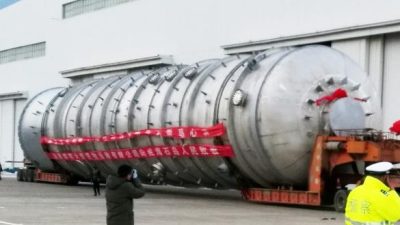
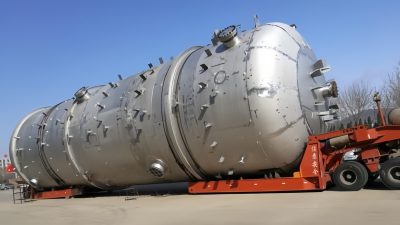
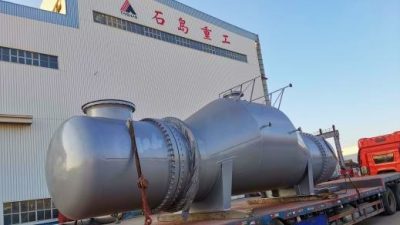
In a typical urea production process, tail gas from the urea reactor or stripper contains residual NH₃ and CO₂. This gas enters the bottom of the scrubber column and flows upward, while the scrubbing liquid (usually condensate water or an alkaline solution) is sprayed from the top. The gases dissolve into the liquid through intense gas-liquid interaction using packing materials and demisters, resulting in effective absorption. The cleaned gas exits the top, while the scrubbing liquid collects and is recirculated or treated.
| Type | Description |
|---|---|
| Packed Bed Urea Scrubber | The most common type. Uses structured or random packing to enhance gas-liquid contact. Ideal for large-scale tail gas treatment. |
| Spray Tower Urea Scrubber | Employs high-pressure nozzles to spray scrubbing liquid. Simple design, suitable for medium-load applications with lower removal efficiency. |
| Multi-Stage Urea Scrubber | Combines multiple packed sections or integrates demisters, quench zones, and polishing stages for higher removal rates and complex gas streams. |
| Quench + Scrubber Tower | Integrates a quenching zone to cool down high-temperature gases before entering the scrubber section. Used in high-temperature urea off-gas. |
| High-Pressure Urea Scrubber | Designed to operate under elevated pressures (e.g., up to 2 MPa), commonly installed after high-pressure synthesis sections. |
| Vertical vs. Horizontal Type | Vertical is standard; horizontal type is used in height-limited installations or compact modular skids. |
Certified Safety, Reliable Quality, Custom-Engineered Pressure Vessels.
— Globally Compliant, Built for Harsh Industrial Conditions.
A Urea Scrubber Column is a vertical gas treatment tower used in urea production plants to remove unreacted ammonia (NH₃) and carbon dioxide (CO₂) from tail gas streams. It plays a critical role in reducing emissions, recycling valuable components, and meeting environmental standards.
Inside the column, tail gas flows upward while a scrubbing liquid (typically water or an alkaline solution) is sprayed downward. Through this counter-current contact, NH₃ and CO₂ are absorbed into the liquid. The scrubbed, cleaner gas exits the top of the tower, while the absorbent can be recirculated or treated.
Urea scrubber columns are essential components in modern fertilizer plants for improving process efficiency, minimizing pollution, and ensuring compliance with environmental regulations such as those governing ammonia emissions.
A Urea Scrubber Column works by removing ammonia (NH₃) and carbon dioxide (CO₂) from tail gases through a counter-current gas-liquid absorption process. Here’s how it works step-by-step:
This process ensures that emissions from the urea plant meet environmental regulations while recovering valuable resources and minimizing waste.
The price of a Urea Scrubber Column varies significantly depending on factors such as capacity, material, design pressure, construction standards, and custom engineering requirements. Below is a general pricing reference:
| Capacity (Gas Flow Rate) | Design & Features | Estimated Price (USD) |
|---|---|---|
| < 5,000 Nm³/h | FRP / carbon steel, single-stage, basic spray tower | $30,000 – $80,000 |
| 5,000–20,000 Nm³/h | SS304 / SS316, packed column with demister & pump system | $80,000 – $200,000 |
| > 20,000 Nm³/h | Duplex steel, multi-stage, integrated quench & recirculation | $200,000 – $600,000+ |
| High-pressure type (>1 MPa) | ASME/PED certified, urea-grade stainless steel (316L, 2205) | $300,000 – $800,000+ |
📌 Note:
Each Urea Scrubber Column is custom-designed based on your plant’s process. For accurate quotation, the following data is typically required:
If needed, I can help you prepare a professional inquiry datasheet to request a quote from suppliers. Would you like that?
Choosing the right Urea Scrubber Column requires evaluating your process conditions, environmental requirements, and operational goals. Here’s a step-by-step guide to help you select the optimal solution:
Gas flowrate (Nm³/h): Determines column size and capacity
Gas composition: Focus on NH₃ and CO₂ concentrations in the tail gas
Temperature & pressure: High temperatures may require a quench section; high pressure needs robust design and materials
What are your regulatory limits for ammonia and CO₂ emissions?
Do you need zero emission or just reduction to permissible levels?
Packed Bed Type: High efficiency, ideal for large-scale continuous processes
Spray Tower: Simpler and cost-effective for smaller or low-load systems
Multi-stage Column: Required when both cooling and deep purification are needed
SS316L or 2205 Duplex Stainless Steel: Best for urea-grade corrosion resistance
FRP or lined carbon steel: Economical for low-corrosion zones
Choose materials based on urea process media and expected corrosion severity
Integrated quench zone for heat recovery
Recirculating liquid system for water saving
Integration with condensate systems improves plant efficiency
For international or EPC projects, scrubber must comply with ASME, PED, GB, or ISO standards
For fertilizer plants exporting to strict regions, ask for third-party inspection
Vertical configuration is standard but requires height clearance
Use horizontal design in containerized or modular setups with limited height
To ensure you select the correct scrubber, prepare and share a Process Data Sheet including:
Inlet gas conditions (flow, temperature, pressure, NH₃/CO₂ content)
Required outlet emission levels
Utilities available (water, power)
Installation space and height limits
Contact us to get a ready-to-use Urea Scrubber Column Quotation ?
Reliable Columns for Demanding Industrial Processes
At WSHI, every tower and column is engineered to deliver precision, safety, and efficiency under the most demanding operating conditions. From petrochemical separation to gas dehydration, our vertical vessels are trusted by global clients across industries. With full customization in diameter, height, internals, and materials—and strict compliance with ASME, GB, API, and EN standards—WSHI is your one-stop partner for process column solutions.
📩 Let’s design your next column together.
Whether you need a packed vacuum tower, a stainless-steel scrubber, or a high-temperature distillation column, our team is ready to help.
Weihai Shidao Heavy Industry Co., Ltd is a leading manufacturer of heavy equipment specializing in nuclear power components & large pressure vessels.
Quick Contact
Have a question, need a quote, or want to discuss your project? - We’re here to help !
© Copyright 2025 by Taishan Group